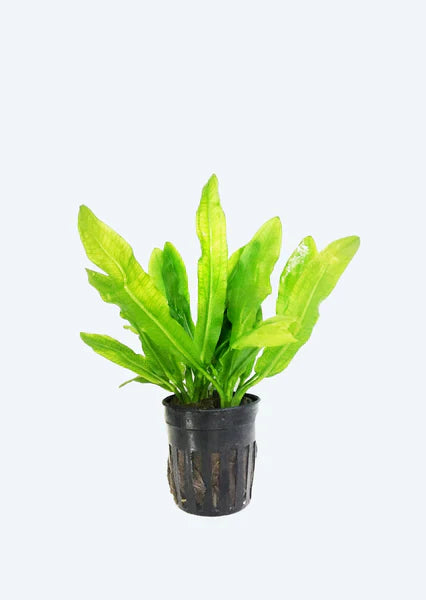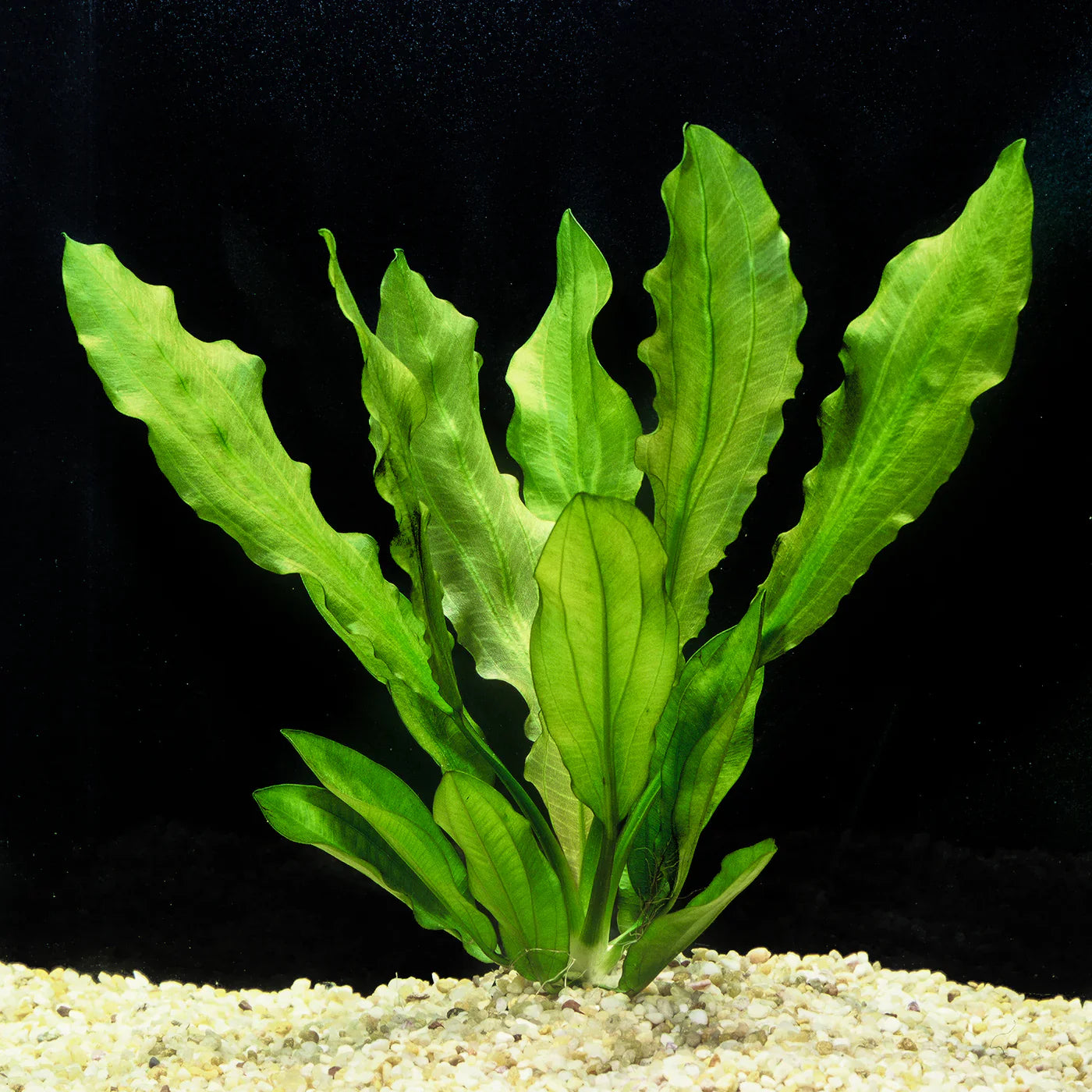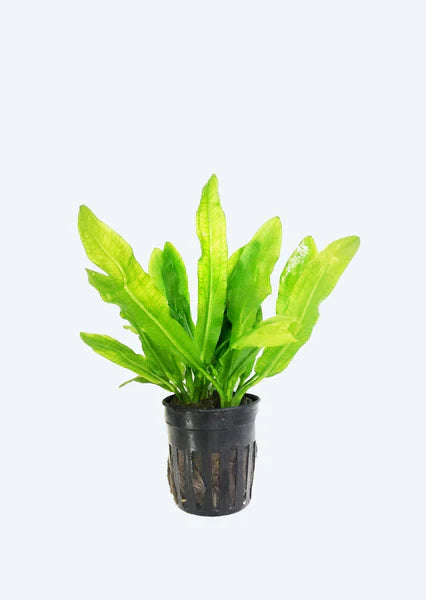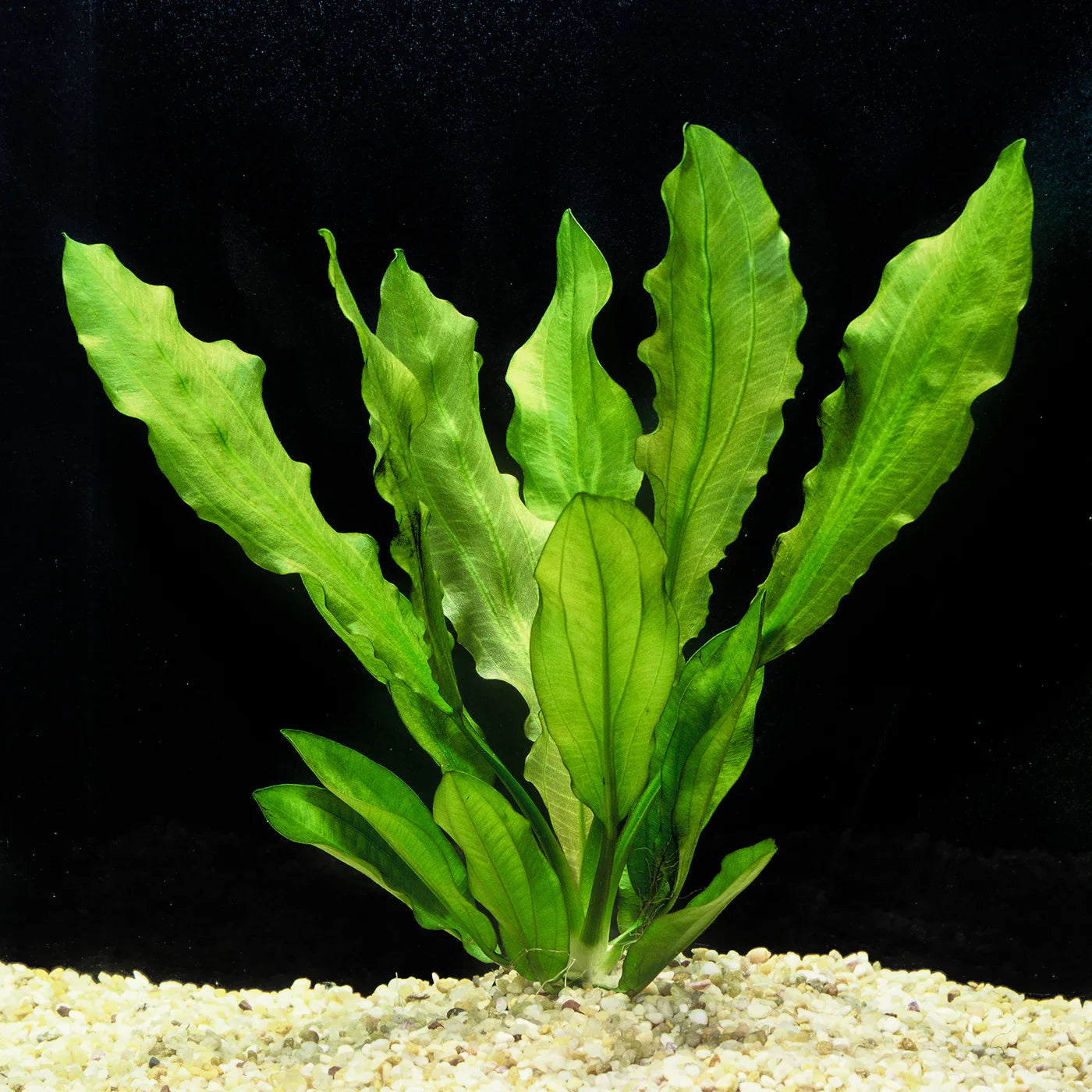🌿 Echinodorus Major Martii - Elegant Freshwater Aquarium Plant
Introduce a lush and eye-catching plant to your aquarium with Echinodorus Major Martii. Featuring beautiful, ruffled leaves and a striking presence, this plant enhances any aquascape with its unique texture and vibrant green color. Hardy and beginner-friendly, it’s an excellent choice for all aquarists.
Echinodorus Major Martii Quick Facts
| Feature | Details |
|---|---|
| 🌍 Origin | South America |
| 📏 Size | 12 - 24 inches |
| 💡 Lighting | Moderate to high |
| 🌡️ Temperature | 72°F - 82°F (22°C - 28°C) |
| 💧 pH Range | 6.5 - 7.5 |
| 🎨 Color | Bright green, wavy leaves |
| 🪴 Position in Tank | Background |
| 🌟 Difficulty | Beginner-friendly (easy to moderate) |
| 🐟 Compatibility | Betta fish, Neocaridina/Caridina shrimp, snails, community fish |
Why Choose Echinodorus Major Martii?
- ✔️ Unique wavy leaves – Adds a dynamic and textured appearance to aquariums.
- ✔️ Oxygenates water – Helps maintain water quality by absorbing excess nutrients.
- ✔️ Provides natural cover – Ideal for fish and shrimp that enjoy hiding spots.
- ✔️ Hardy and adaptable – Thrives in a variety of freshwater conditions.
How to Care for Echinodorus Major Martii
Care Tips
- Lighting: Prefers moderate to high lighting to enhance its wavy leaf texture.
- Placement: Best suited as a background plant due to its tall and full growth.
- Substrate: Requires nutrient-rich substrate; root tabs can promote vigorous growth.
- Fertilizer: Regular root fertilization and occasional liquid fertilizer support healthy leaves.
- Maintenance: Trim older or damaged leaves at the base to encourage fresh growth.
Propagation Steps
- Wait for Runners: Mature plants naturally produce side shoots or runners.
- Separate the Baby Plants: Once plantlets develop roots, carefully detach them from the parent plant.
- Replant: Place the new plantlets into the substrate and allow them to establish.



